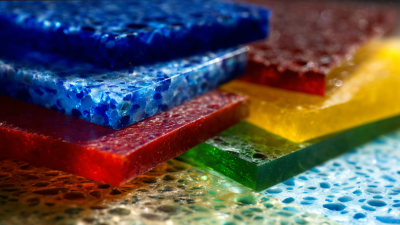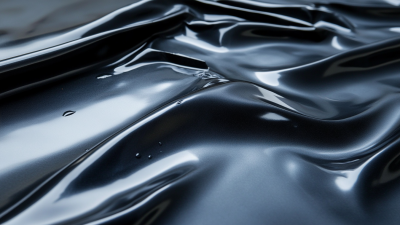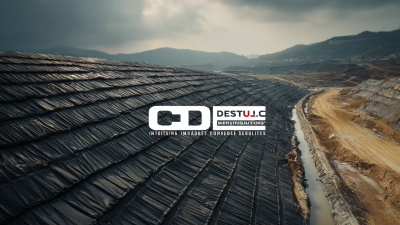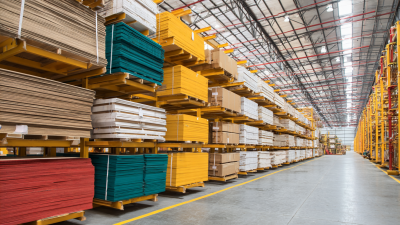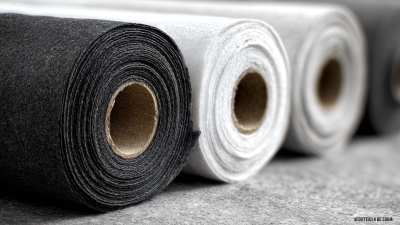Inquiry
Form loading...
- Phone
- E-mail
When it comes to enhancing the durability and functionality of your driveway, incorporating geotextile fabric offers a myriad of benefits that are often overlooked. Geotextile fabric for driveways provides a sustainable solution to common challenges such as soil erosion, drainage issues, and the formation of potholes. This specialized fabric acts as a protective barrier, separating the soil from the surface materials, which not only helps to stabilize the driveway but also promotes proper drainage to prevent water accumulation. In this guide, we will explore the seven best benefits of using geotextile fabric for driveways, shedding light on why this innovative material is essential for any homeowner looking to improve driveway longevity and performance. Whether you're installing a new driveway or seeking to reinforce an existing one, understanding the advantages of geotextile fabric can pave the way for a more resilient and functional outdoor space.
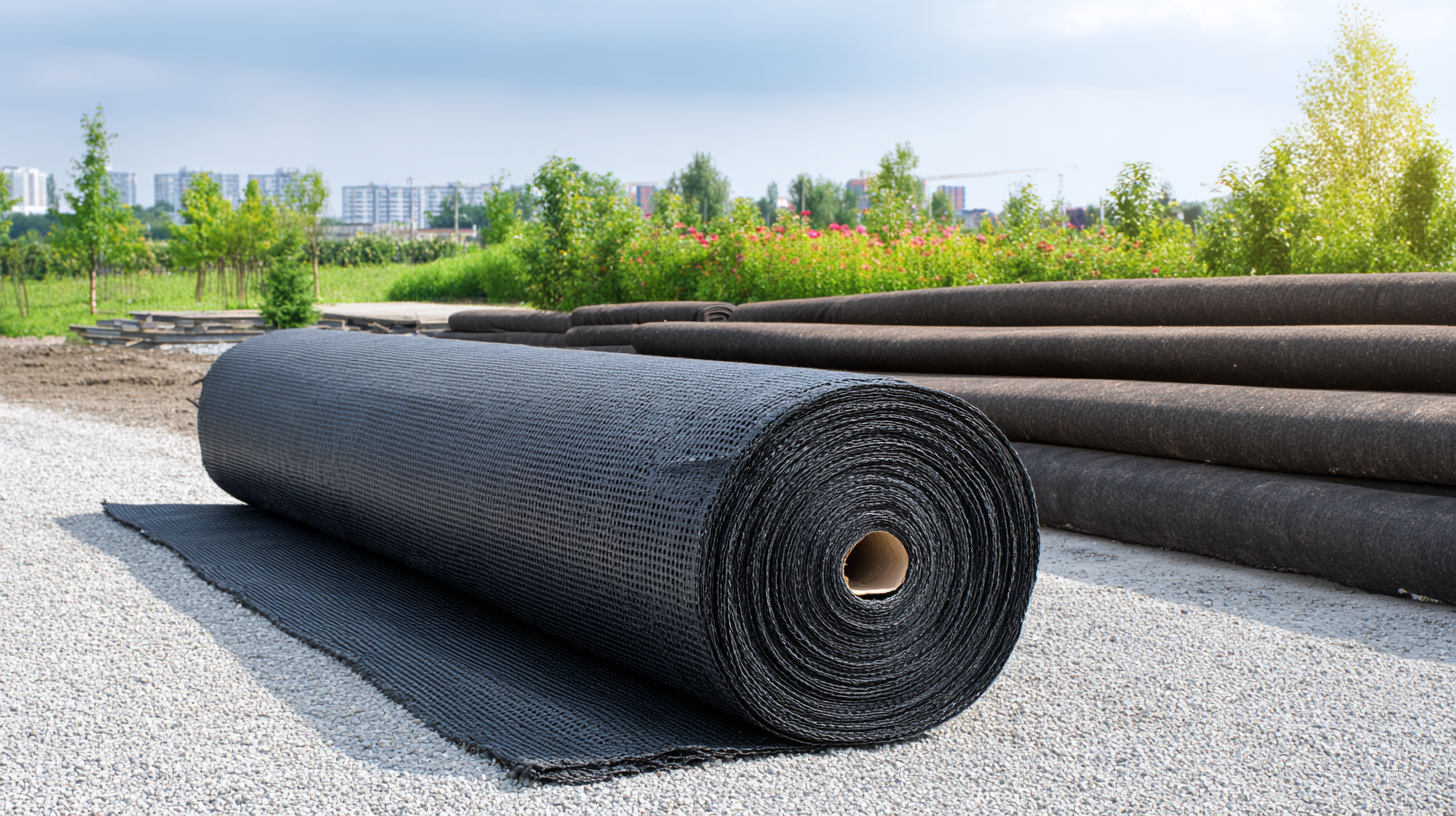
Geotextile fabric plays a crucial role in the construction of driveways, offering a range of advantages that enhance both performance and longevity. One of the primary benefits is its ability to provide exceptional separation between soil and aggregate materials, a feature backed by a report from the International Geosynthetics Society, which states that effective separation can increase driveway lifespan by up to 30%. This separation helps reduce soil migration, ensuring that the driveway maintains its structural integrity over time.
Another significant advantage is the fabric's ability to improve drainage. According to a study published by the American Society of Civil Engineers, using geotextile in driveway projects can significantly reduce water pooling and erosion caused by rain. By allowing water to pass through while filtering out soil particles, geotextile fabric minimizes the risk of driveway damage due to water infiltration. Furthermore, its reinforcement properties can enhance the load-bearing capacity of the driveway, making it more resilient to heavy vehicles and adverse weather conditions. These benefits collectively contribute to a more durable and cost-effective driveway solution.
| Benefit | Description | Impact on Driveway |
|---|---|---|
| Improved Drainage | Geotextiles allow water to flow through while retaining soil, preventing erosion. | Reduces water pooling on the surface. |
| Enhanced Stability | Provides a stable base for the driveway by distributing loads. | Minimizes settling and cracking. |
| Weed Control | Blocks sunlight, inhibiting weed growth. | Maintains a cleaner driveway appearance. |
| Soil Reinforcement | Strengthens the soil structure, preventing deformation. | Increases the lifespan of the driveway. |
| Cost-Effectiveness | Reduces the need for additional materials, saving costs. | Lower overall construction expenses. |
| Environmental Protection | Helps prevent soil erosion, protecting local ecosystems. | Promotes sustainable construction practices. |
| Versatile Installation | Can be used in various materials and environments, easy to install. | Adapts well to different project requirements. |
Geotextile fabric plays a crucial role in enhancing drainage and ground stability, making it an invaluable addition to driveways. By serving multiple functions such as separation, filtration, and reinforcement, geotextiles help manage water flow and prevent soil erosion. When properly installed, these fabrics create a barrier that allows water to drain through while keeping soil and aggregate layers separate, thereby reducing the risk of settling and maintaining a stable surface.
Furthermore, recent studies have shown that the combination of geotextiles with natural materials, like sugarcane bagasse ash, can significantly improve the engineering properties of expansive clay soils. This innovative approach not only enhances the bearing capacity of the ground but also promotes environmentally friendly construction practices. The effectiveness of geotextiles in increasing the load-bearing capacity of unpaved road subgrades has been documented, demonstrating their ability to stabilize landscapes and prolong the lifecycle of driveways.
Integrating geotextile fabric into driveway construction not only enhances the structural integrity but also ensures long-lasting performance under varying weather conditions.
When it comes to driveway construction and maintenance, the choice of materials can significantly impact both immediate and long-term costs. Geotextile fabric is a cost-effective solution that offers substantial savings over time. By providing a stable foundation, this fabric helps prevent soil erosion and minimizes the need for frequent repairs. The initial investment in geotextile fabric may be slightly higher than traditional materials, but the durability it offers pays off in reduced maintenance expenses and prolonged lifespan of the driveway.
Moreover, geotextile fabric aids in proper drainage, which is crucial for extending the life of your driveway. By allowing water to pass through while preventing the sediment from rising, it reduces the risk of damage caused by water pooling, freezing, or thawing. This proactive approach leads to fewer repairs and ultimately significant savings on labor and materials. By incorporating geotextile fabric, homeowners not only enhance the resilience of their driveways but also enjoy the financial benefits that come with lower long-term maintenance and repair costs.
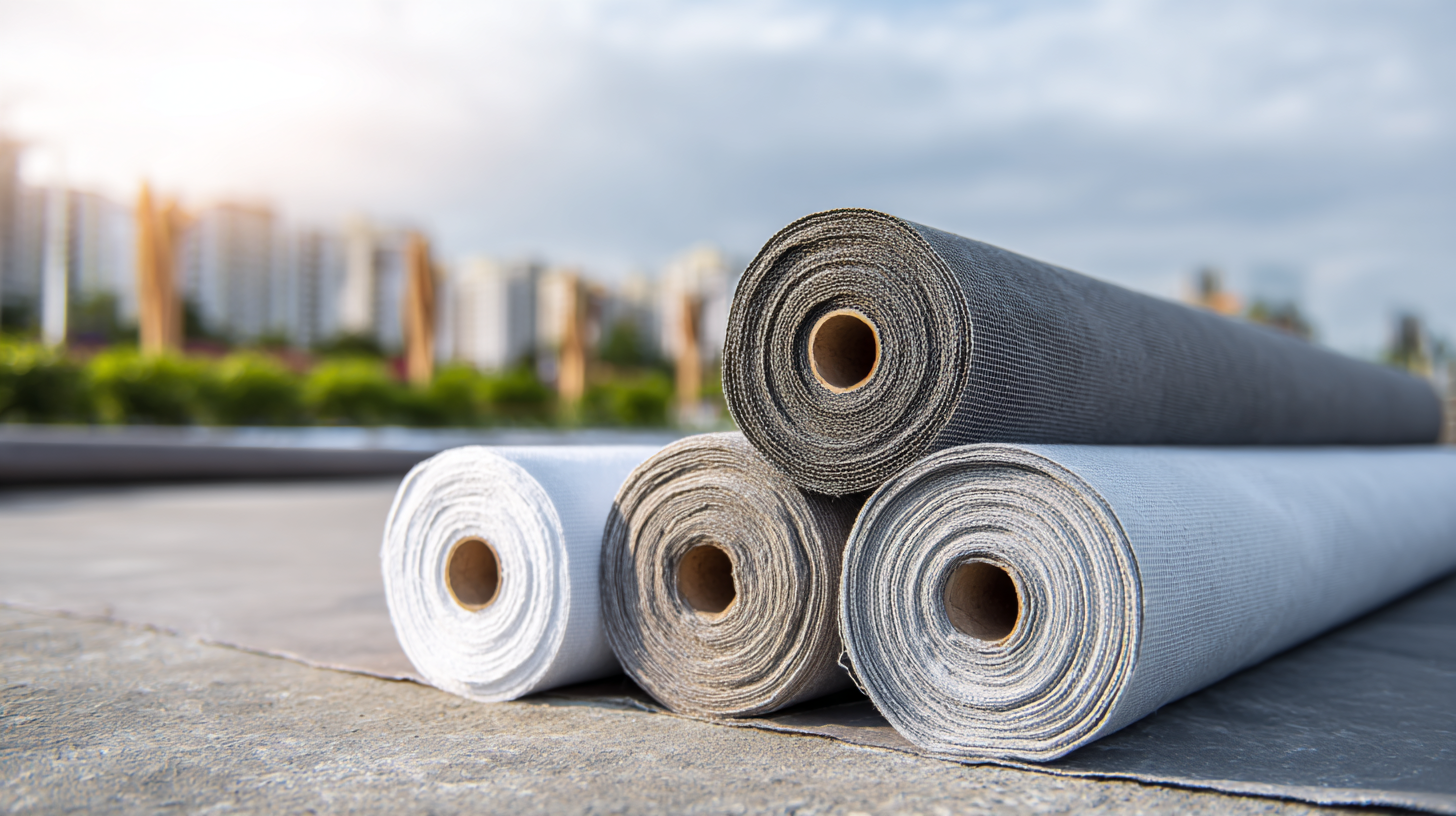
Geotextile fabric plays a crucial role in reducing erosion and enhancing the longevity of driveways. When installed beneath layers of gravel or asphalt, geotextiles help prevent soil loss and stabilize the base material. This not only supports proper drainage but also mitigates the effects of water runoff, which can wear down traditional driveway surfaces over time. By providing a barrier that separates soil from fill material, geotextile fabric minimizes displacement caused by heavy rains and vehicle traffic.
Tip: Before installation, assess your driveway's drainage patterns to determine the best geotextile fabric for your specific needs. A fabric with better filtration properties may be ideal for areas prone to water accumulation, while a stronger, more durable option can provide added tensile strength in high-traffic zones.
In addition to erosion control, using geotextile fabric can also extend the life of your driveway. It helps distribute weight more evenly across the surface, reducing stress on the underlying soil. This enhanced load-bearing capacity can prevent cracking and settling, ensuring your driveway remains functional and aesthetically pleasing for years to come.
Tip: Regular maintenance, such as re-leveling and sealing cracks, can further improve the longevity of your driveway. Coupling these practices with geotextile installation creates a comprehensive solution that addresses both erosion prevention and surface durability.
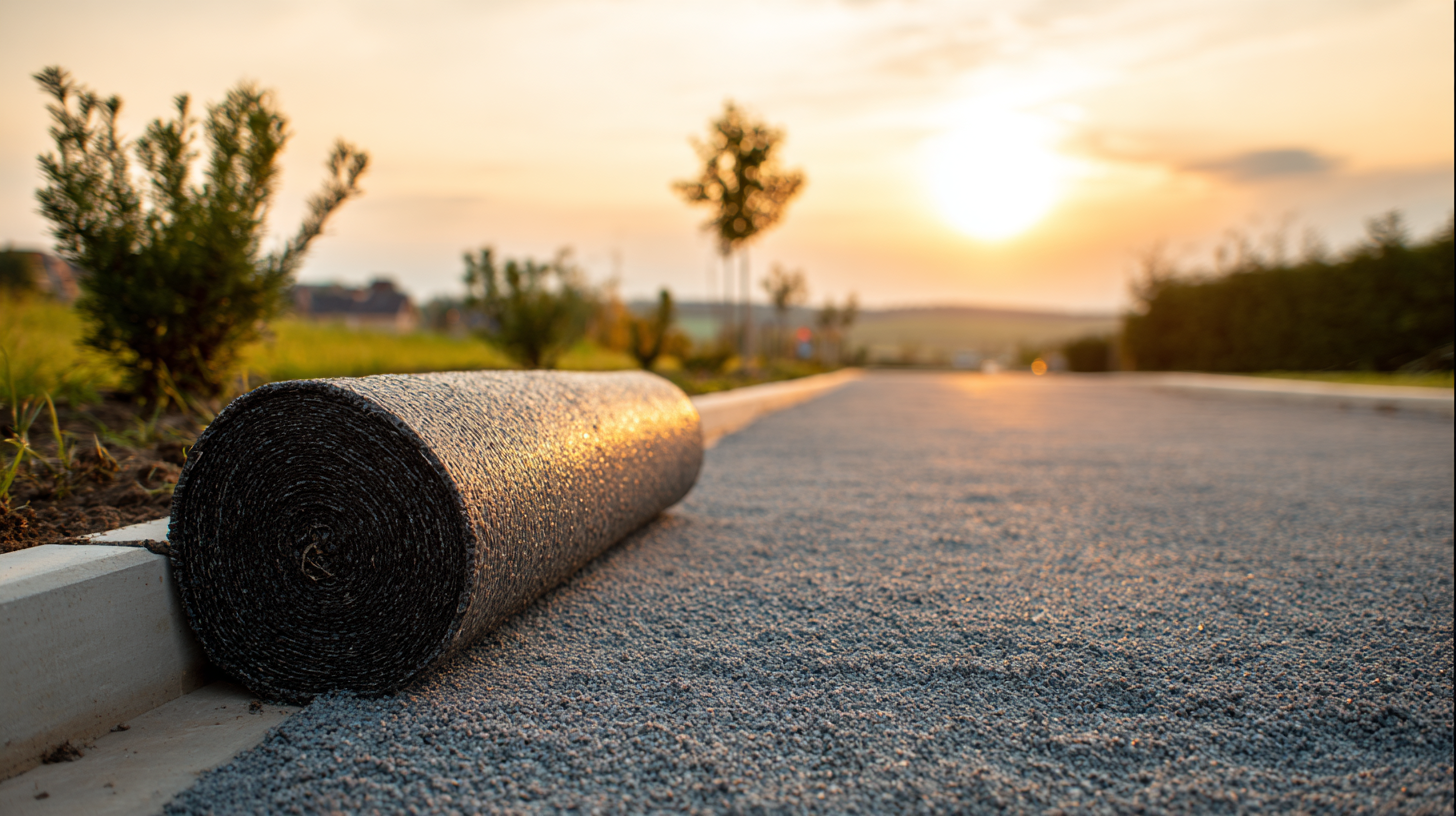 Geotextile fabric is rapidly gaining recognition in the construction and landscaping industries for its eco-friendly benefits, particularly when used for driveways. One of the standout advantages is its ability to suppress weed growth. Much like landscape fabrics, geotextiles can create a physical barrier between the soil and the surface materials, preventing weeds from infiltrating and preserving the aesthetic of your driveway. According to recent industry reports, the use of geotextile fabric can reduce the need for herbicides by up to 30%, significantly minimizing chemical runoff and promoting a healthier environment.
Geotextile fabric is rapidly gaining recognition in the construction and landscaping industries for its eco-friendly benefits, particularly when used for driveways. One of the standout advantages is its ability to suppress weed growth. Much like landscape fabrics, geotextiles can create a physical barrier between the soil and the surface materials, preventing weeds from infiltrating and preserving the aesthetic of your driveway. According to recent industry reports, the use of geotextile fabric can reduce the need for herbicides by up to 30%, significantly minimizing chemical runoff and promoting a healthier environment.
Moreover, geotextile fabrics enhance soil stabilization and drainage. The porous nature of these materials allows for effective water management, reducing puddling and erosion on driveways. Studies indicate that proper drainage not only extends the life of the driveway but also plays a crucial role in protecting adjacent landscaping from water damage. By promoting effective water flow, geotextiles contribute to sustainable landscaping practices, thereby making them an indispensable addition for eco-conscious homeowners looking to make informed choices for their properties.
